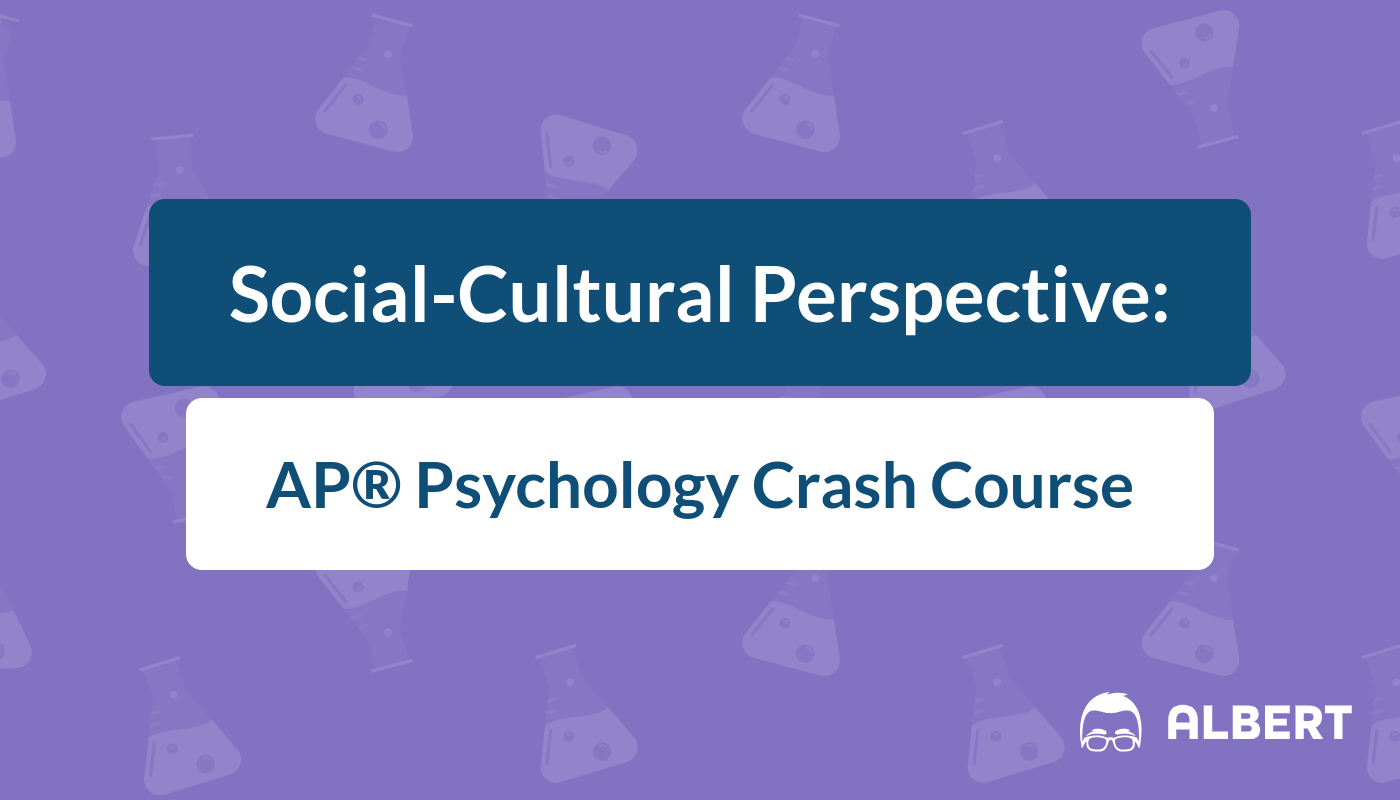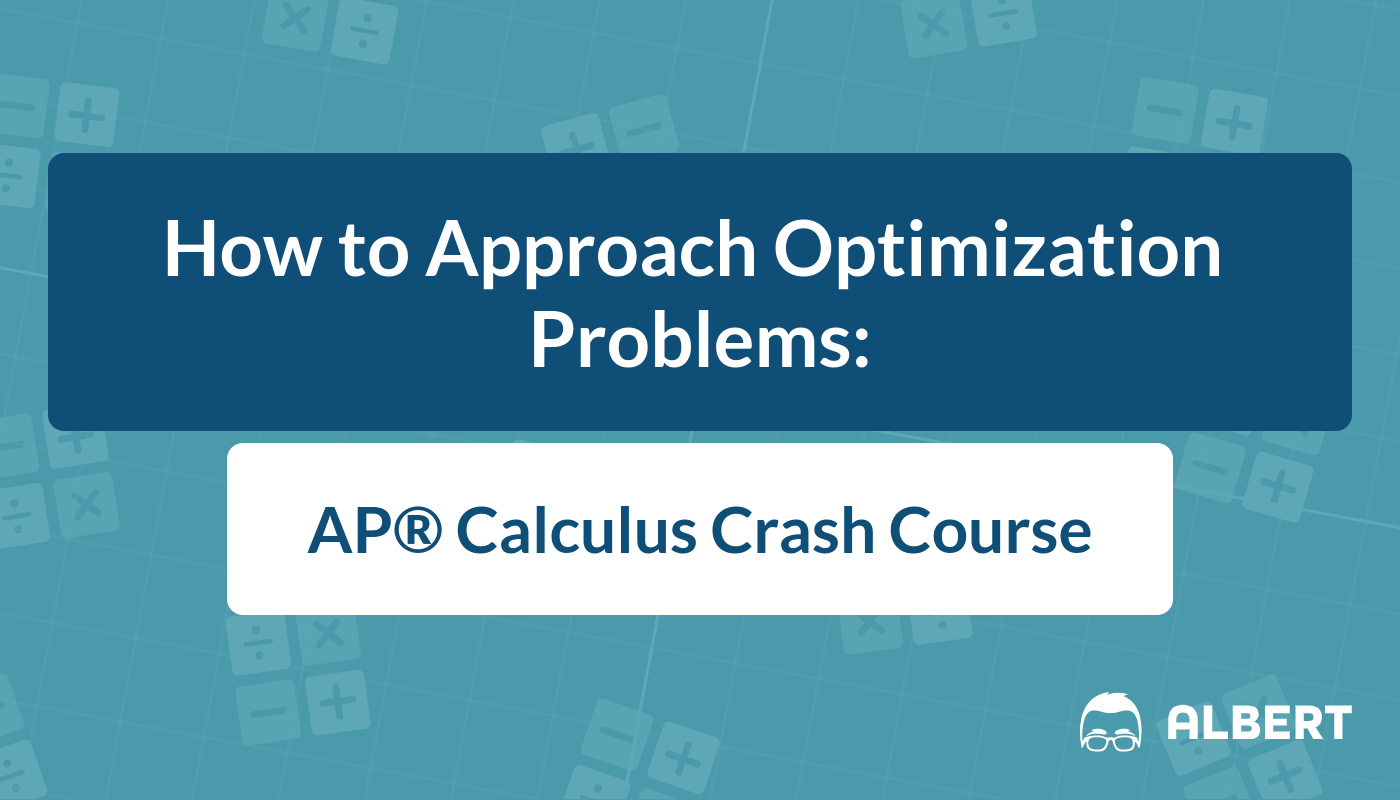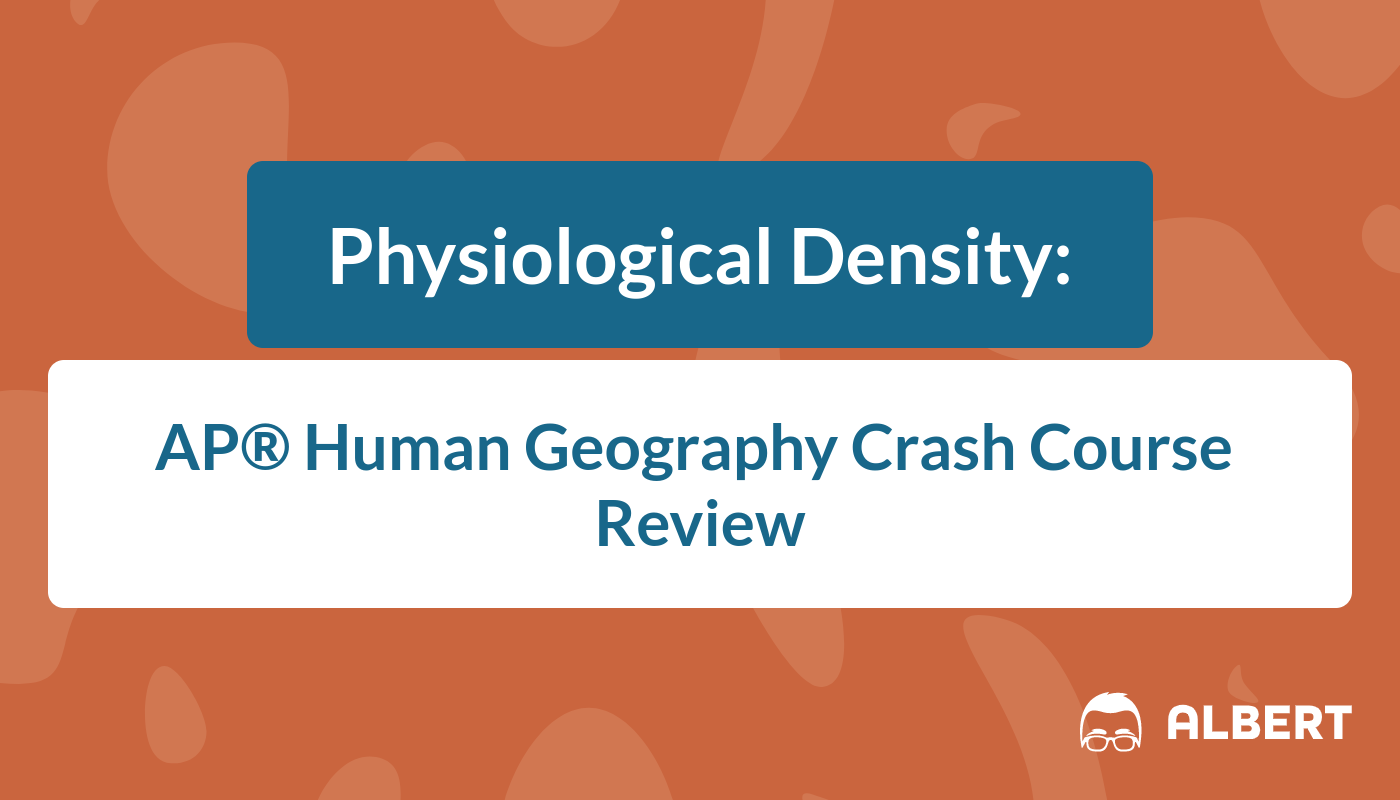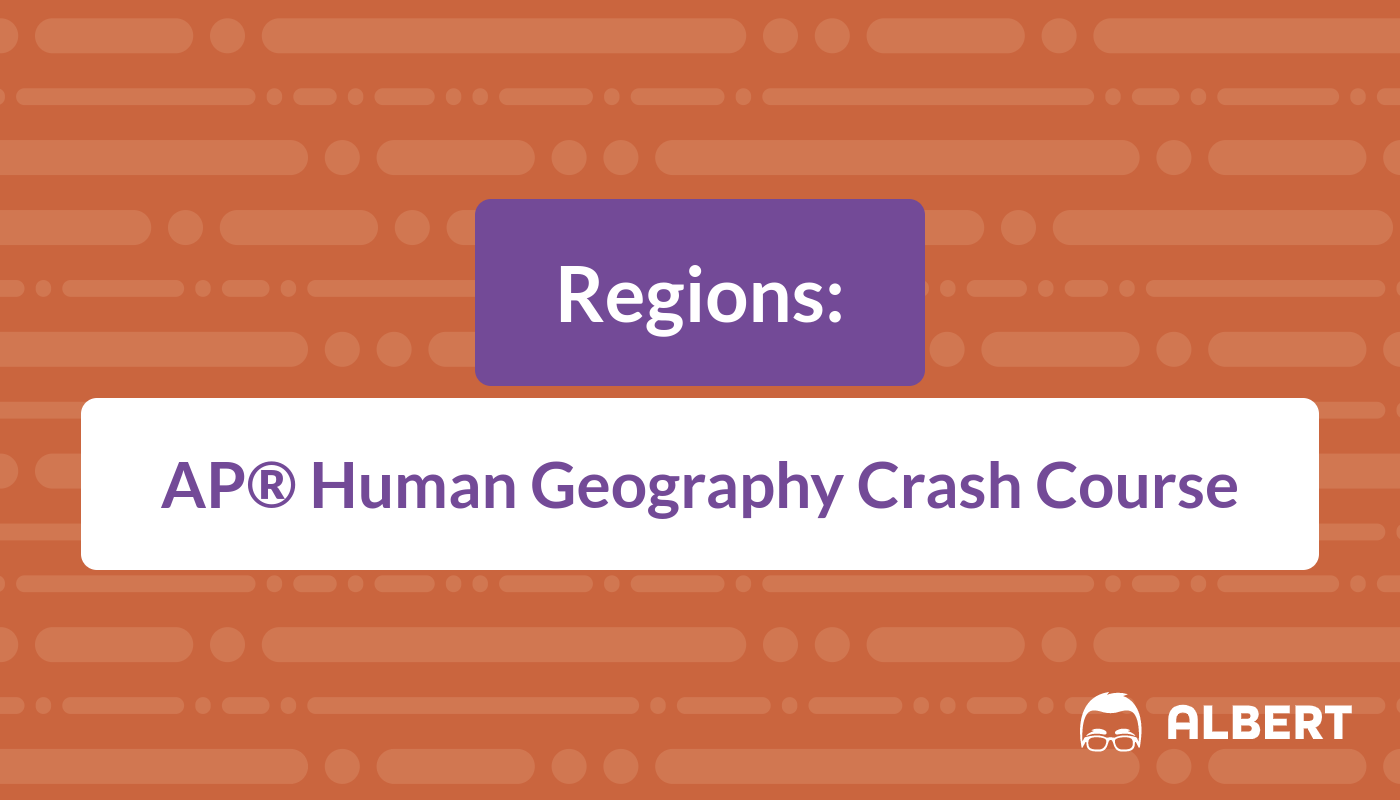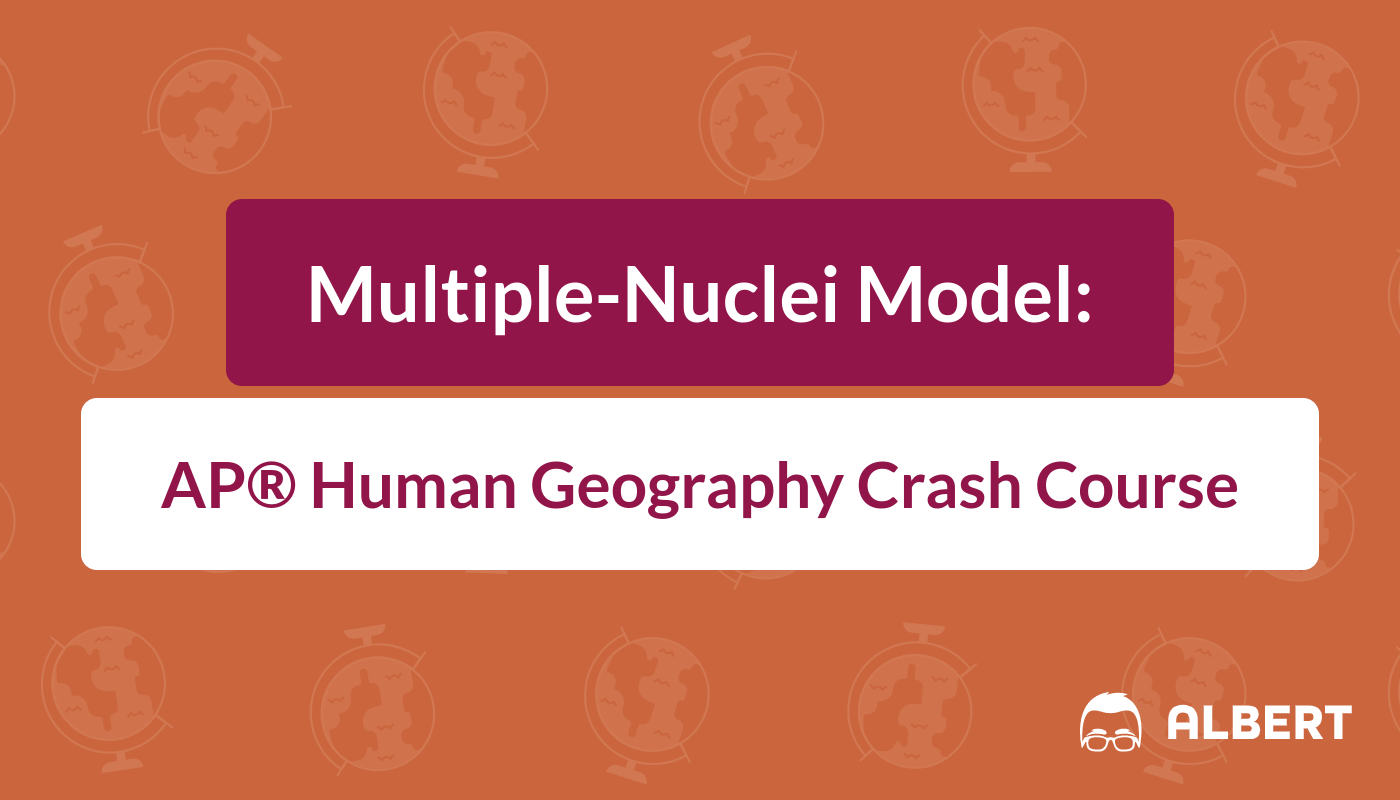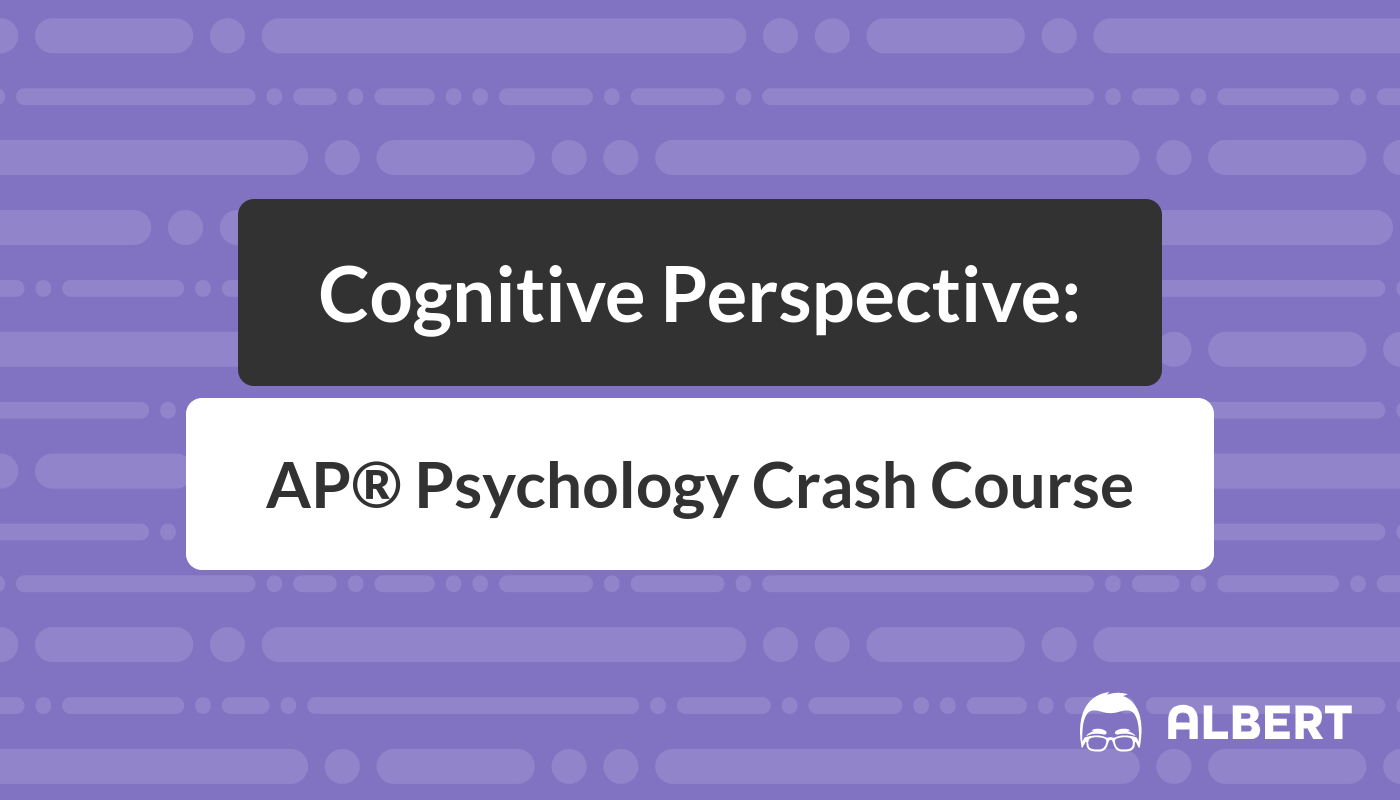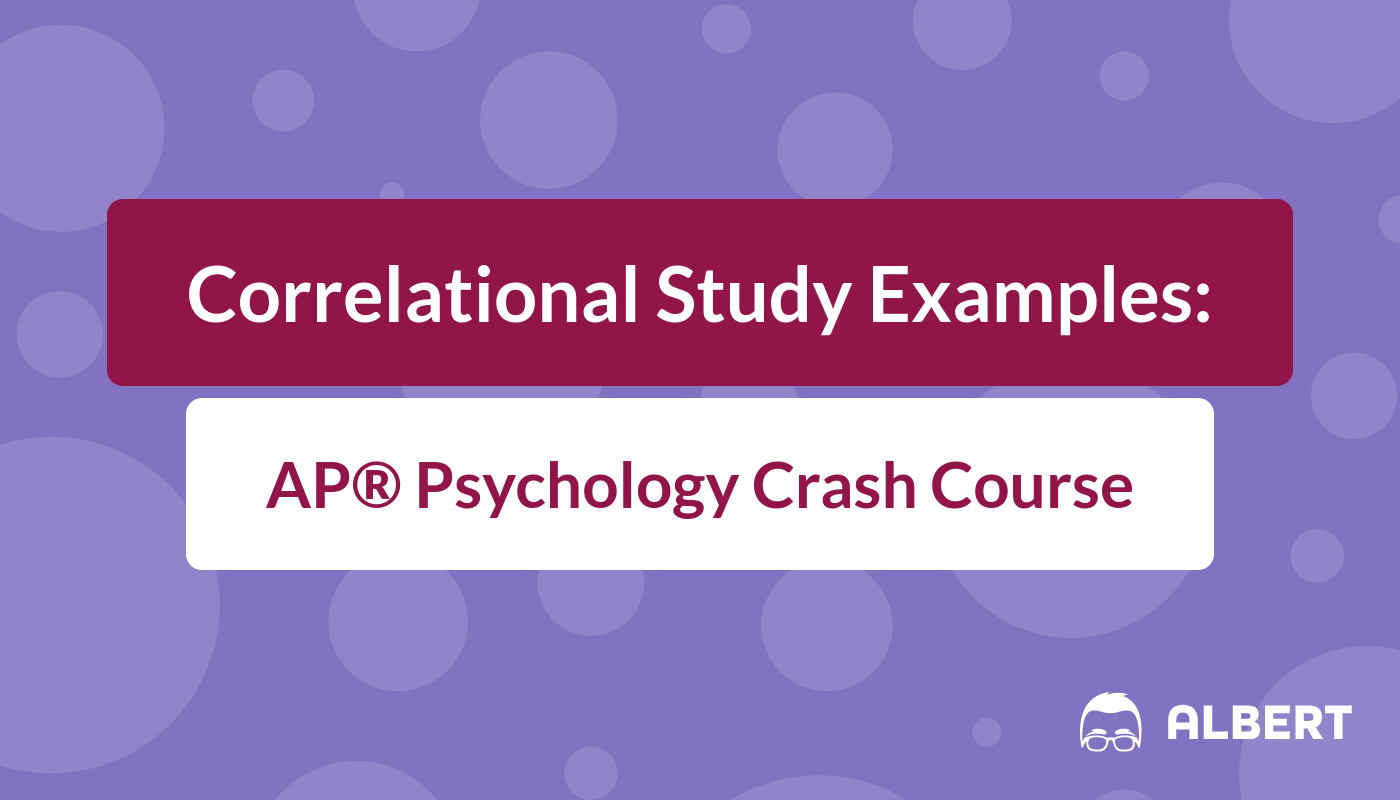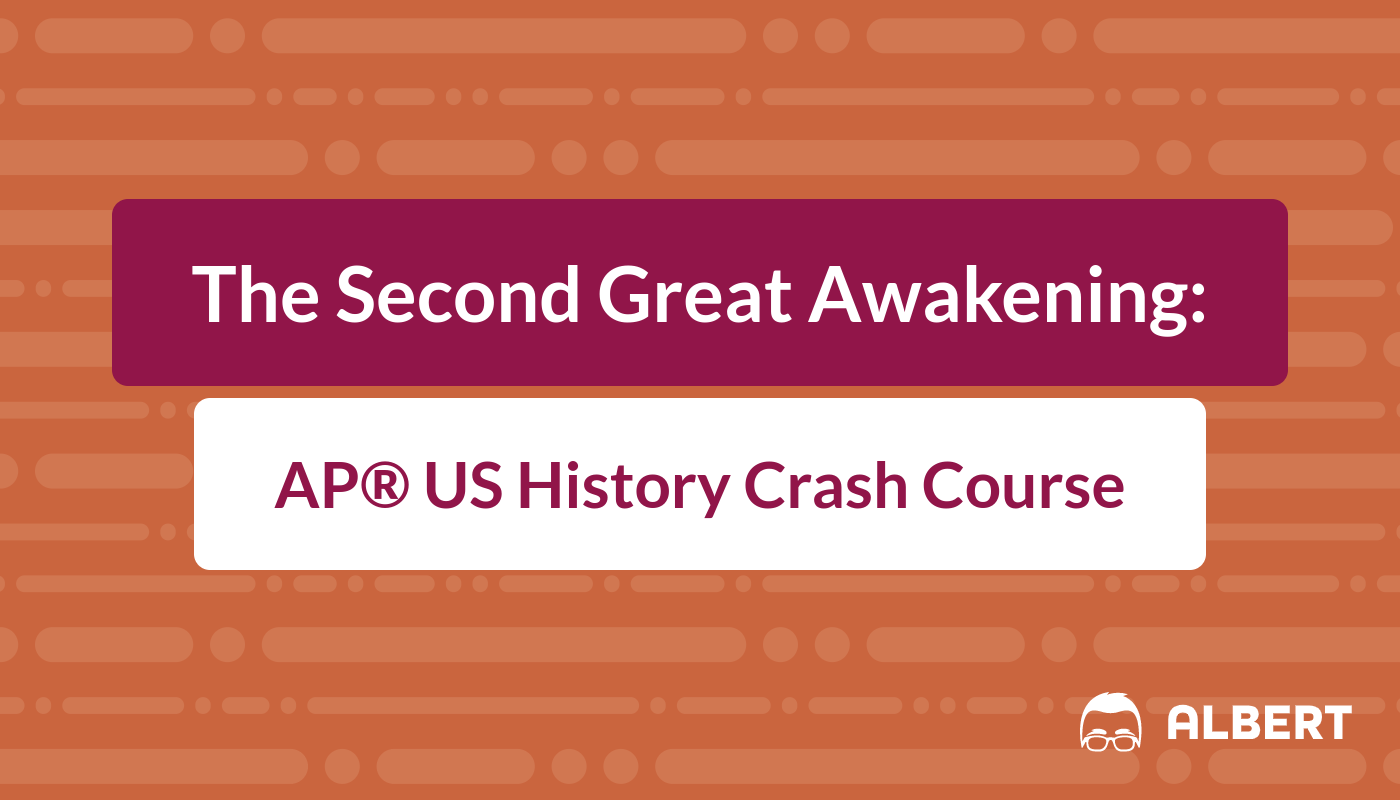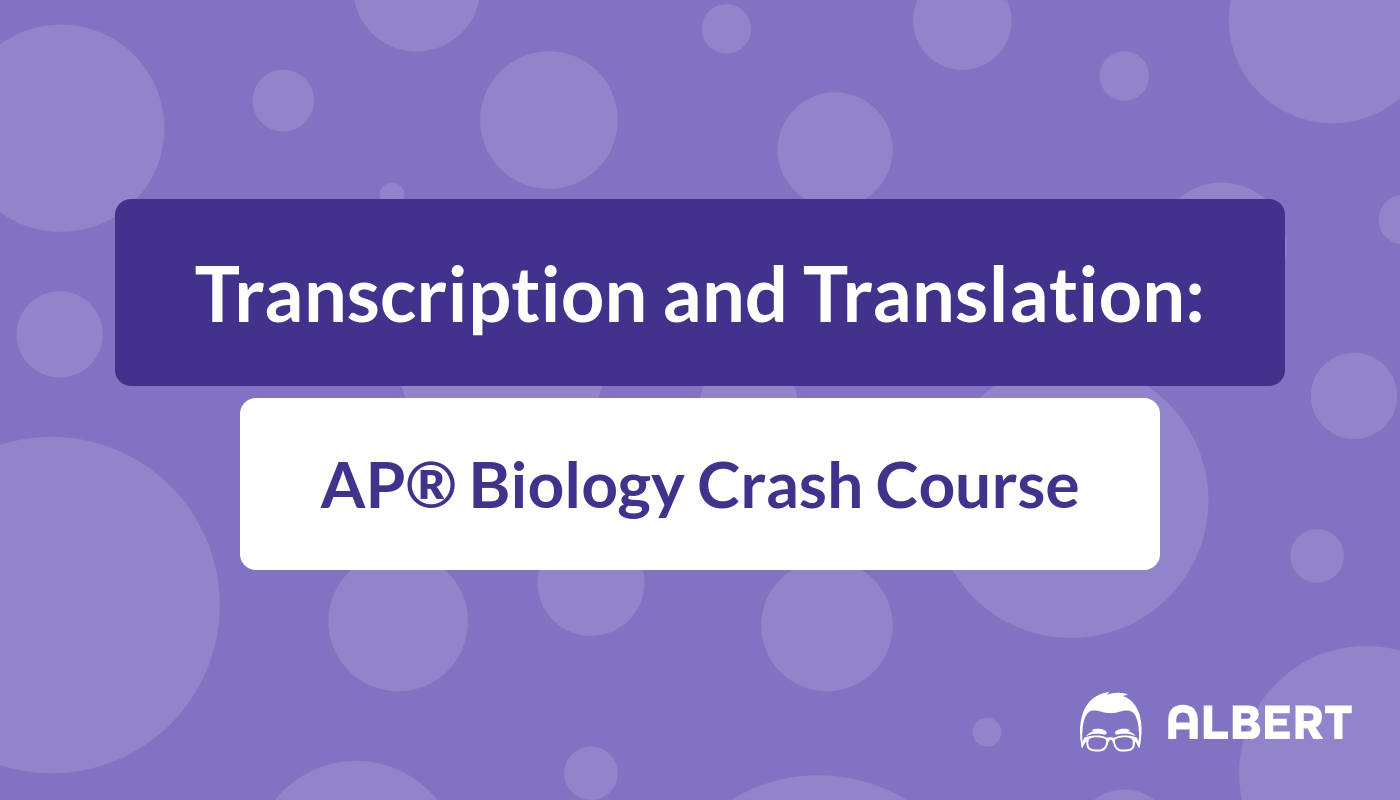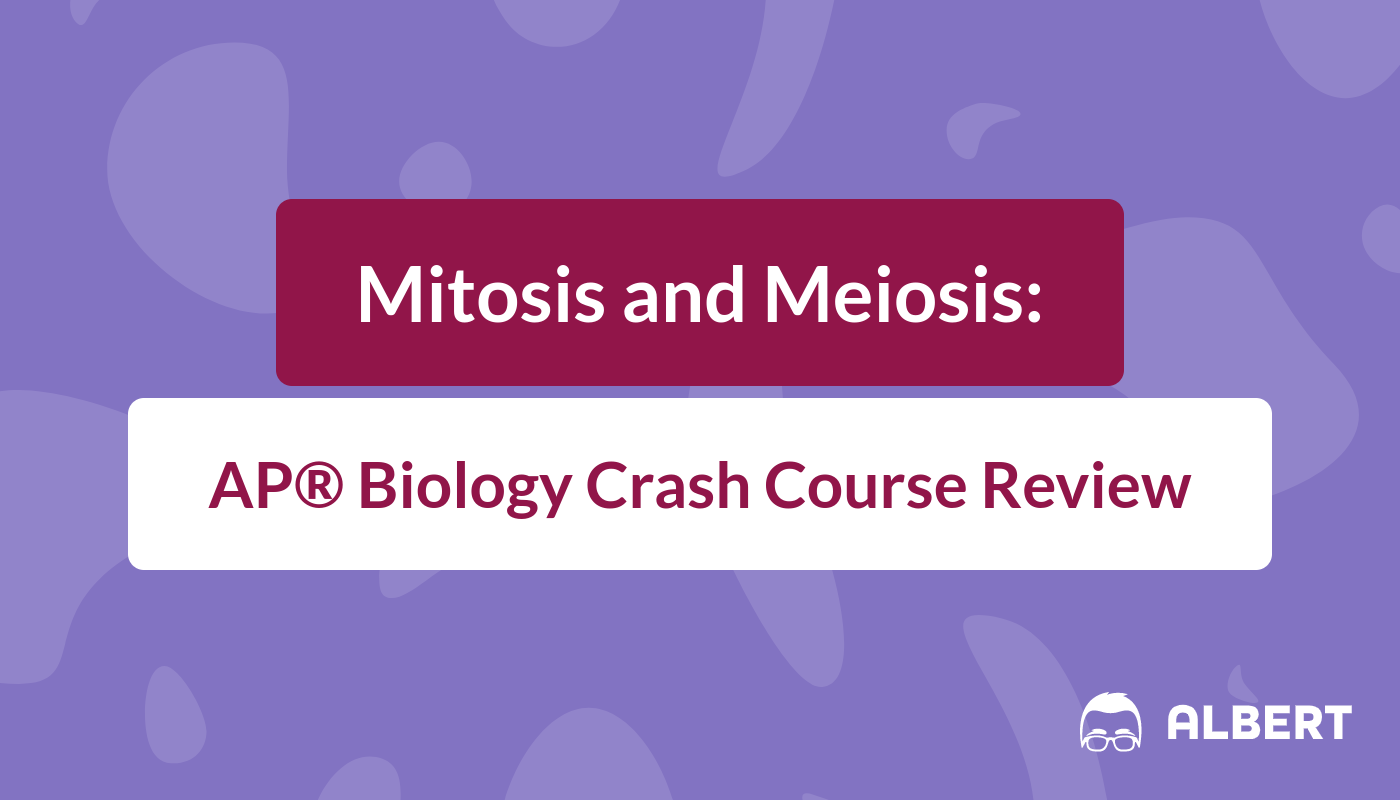Social-Cultural Perspective: AP® Psychology Crash Course
In the social-cultural perspective, an individual is evaluated based on the social groups they belong to. Your AP® Psychology exam will require you to understand the basics of who founded this perspective, what it really means and how to diagnose different characteristics of this theory. You’ll want to consider different types of social groups that occur in society. These can include age groups, gender groups and many others.

